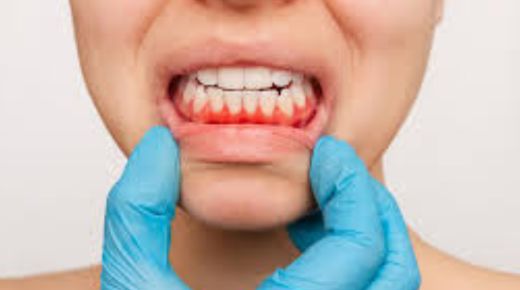Also called periodontitis, gum disease affects the soft tissues surrounding the teeth. Periodontitis is a serious concern, considering long-term complications could mean losing your teeth. Thankfully, gum disease is usually preventable and can be treated. If you are regular with your dental checkups and keep up with basic oral hygiene habits, you are less likely to suffer from periodontitis. For symptoms like bleeding or swollen gums, check with your local dentist North York ON without delay. Here’s more on symptoms, causes, and other relevant details.
Identifying the signs of periodontitis
Some people may not have immediate signs, especially in the early stages of gum disease. Visible symptoms include changes in the color of gums and tissues, tenderness, swelling, and bleeding gums. If you have witnessed blood while brushing or flossing your teeth, it could be an indicator of periodontitis. In more advanced stages, you may see gaps between your teeth, or the appearance of gums could be caused by the tissues pulling away from the teeth. The last one is also called receding gums. Early intervention can help reverse most symptoms.
What causes periodontitis?
There are several reasons for periodontitis. The most common one is poor oral hygiene. If you don’t care for your teeth enough, plaque can form on them, and the plaque can harden with time, causing the formation of tartar. Tartar doesn’t go away with brushing and flossing, and patients usually need to go through professional dental cleaning. The longer plaque and tartar stay on your teeth, the higher your chances of periodontitis. The mildest form of gum disease is called gingivitis, which refers to a condition that is marked by symptoms like irritation and tissue swelling. If the symptoms persist, it can eventually lead to periodontitis. When there are pockets between teeth and gums, infections can develop and cause tooth loss. Gum inflammation can eventually lead to a lot of other health concerns.
Risk factors for periodontitis
Early signs of gum disease can cause periodontitis, which is why it is imperative to seek treatment for gingivitis. Risk factors include consumption of tobacco, smoking, poor health care habits, smoking marijuana, poor nutrition, and genetics. Certain conditions, such as diabetes, could also lead to periodontitis. Many patients experience the first signs because of poor hygiene habits.
How is gum disease treated?
In the early stages, less invasive procedures can help reverse and treat gum disease. Dentists usually recommend scaling, which is a procedure to remove tartar and bacteria from teeth and below the gumline. Scaling can be done using ultrasound or special instruments. Another procedure is called root planing, which involves smoothening the root surfaces to help prevent further buildup of bacteria and tartar. If there is a bacterial infection, your dentist may prescribe antibiotics.
For cases of advanced periodontitis, surgery may be necessary. A flap surgery is done to reduce pockets between teeth and gums. If you have lost significant gum tissue, you may need to go for soft tissue grafts, which can prevent further gum loss.
Simple suggestions to tackle gum disease
Make sure to brush your teeth at least twice daily. Use a soft brush that is gentle on your teeth and gums, and replace that every two to three months. Electric toothbrushes are more effective in removing plaque. Go for professional dental cleaning as suggested by your dentist, and if you don’t floss, there is no better time to start. Use a quality dental flosser.
Check with your dentist in North York before the early stages of gum diseases cause further damage. If you have questions about treatment and other things, your dentist will educate you further.

